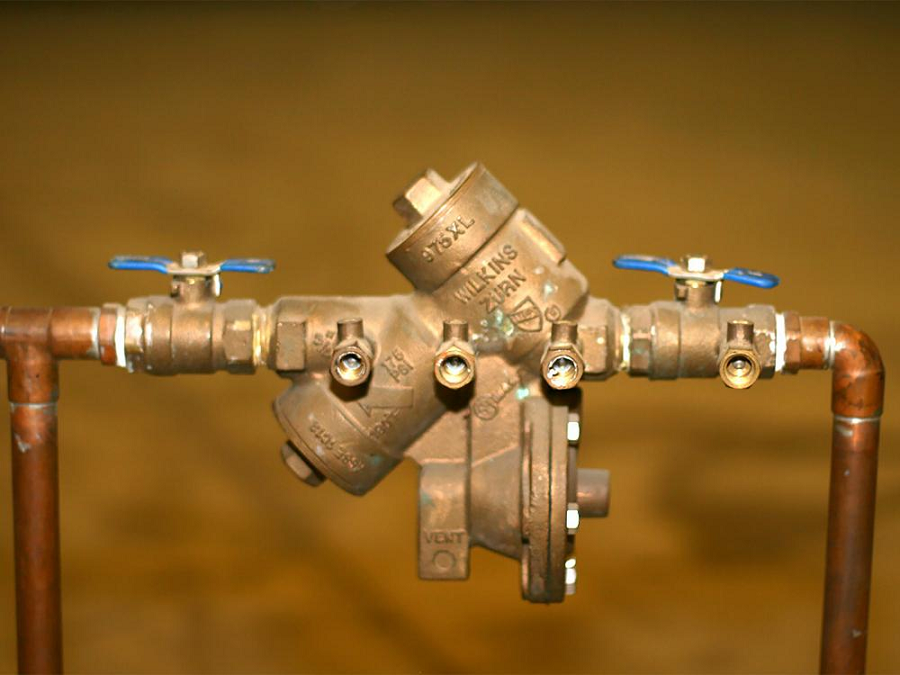
Understanding Backflow and The Terminology
The city of Ottawa has recently updated its standards and rules about backflow and backflow valves. Now, businesses are required to install backflow prevention measures in accordance with the Backflow Prevention Program. However, not even a business owner understands the terminology or even what backflow is and why it can be dangerous. That is why we have decided to explain the common terms that show up in conversations about backflow to help business owners like you understand.
Let’s get started.
The Meaning of Backflow
Backflow is what happens when water that is flowing in one direction through a pipe suddenly goes the opposite direction it is supposed to go. When this happens in plumbing, unfavorable things can happen. Think about it. The internal plumbing of your household is all a one-way road. You have drinkable water that goes in one way and wastewater that flows out of the house from another path. The lines never cross, because if they did, you could end up drinking or bathing in contaminated water.
Backflow happens when the pressure drops in a pipe, and the water stops flowing in the right direction.
About Back Siphonage
Here is another term related to backflow. Back siphonage is when the usual flow of water gets reversed because of negative pressure within the line. This is when there is certain risk of contaminated water entering the drinking water system.
About Cross Connection
A cross-connection may occur when public water is crossed with non-drinkable (also called non-potable) water. Cross connections are, unfortunately, common. Sometimes these happen whenever an irrigation system or firehouse is plugged into public water lines or when multiple connections run to different equipment but on the same line, such as in hospitals and medical offices.
About Backwater Valves
Now, in the beginning, we mentioned that small business owners need backwater valves due to a new law. A backwater valve is a kind of stopper that is created to let water flow in the correct direction only. There are a few kinds of valves that you can purchase, and each one works in a slightly different way, but the general function is something like this: The valve is set in an open position until backflow occurs. Then, the valve will snap shut before the contaminated water can reenter the pipe and pollute the drinking water. Once the backflow has stopped, the valve reopens.
Since installation for backwater valves requires special tools, you will need a trustworthy plumber to help you out.
Now that you know about backflow, you can comfortably speak with a plumber about what you need. You will also avoid any issues with backflow and will be adhering to the laws of the region. So don’t wait to get that valve!

